The 6 Trees That Should Be In Every Yard – According To Experts
We should all look for opportunities to add more trees to our yards, but the choice can be overwhelming. So we asked the experts for the essential varieties that should be at the top of every gardener's shopping list.


Trees are often under-appreciated landscape staples, yet they are the backbone of our yards. They give beauty, structure, shade, and multi-season color. They provide a protective canopy for us, and a home for wildlife.
If you don’t have trees in your yard, then you are missing out on so much life-enriching goodness. Even if you think your garden is too small, there is almost certainly a tree that will work. In fact, trees for small yards have to be extra-special, as you may only have room for one.
When choosing a tree, your first consideration should be your USDA planting zone and soil type. If you plant a tree that isn’t compatible, then it will be doomed to fail.
Next, ensure you choose a tree with a maximum size and canopy spread that works for your yard. Some slow-growing species will take take decades to reach maturity, while other fast-growing trees could quickly overwhelm a small space.
We asked experts for their top picks on the trees every gardener should consider having in their yard – to enhance their outdoor space and add value to their property.
1. Flowering dogwood
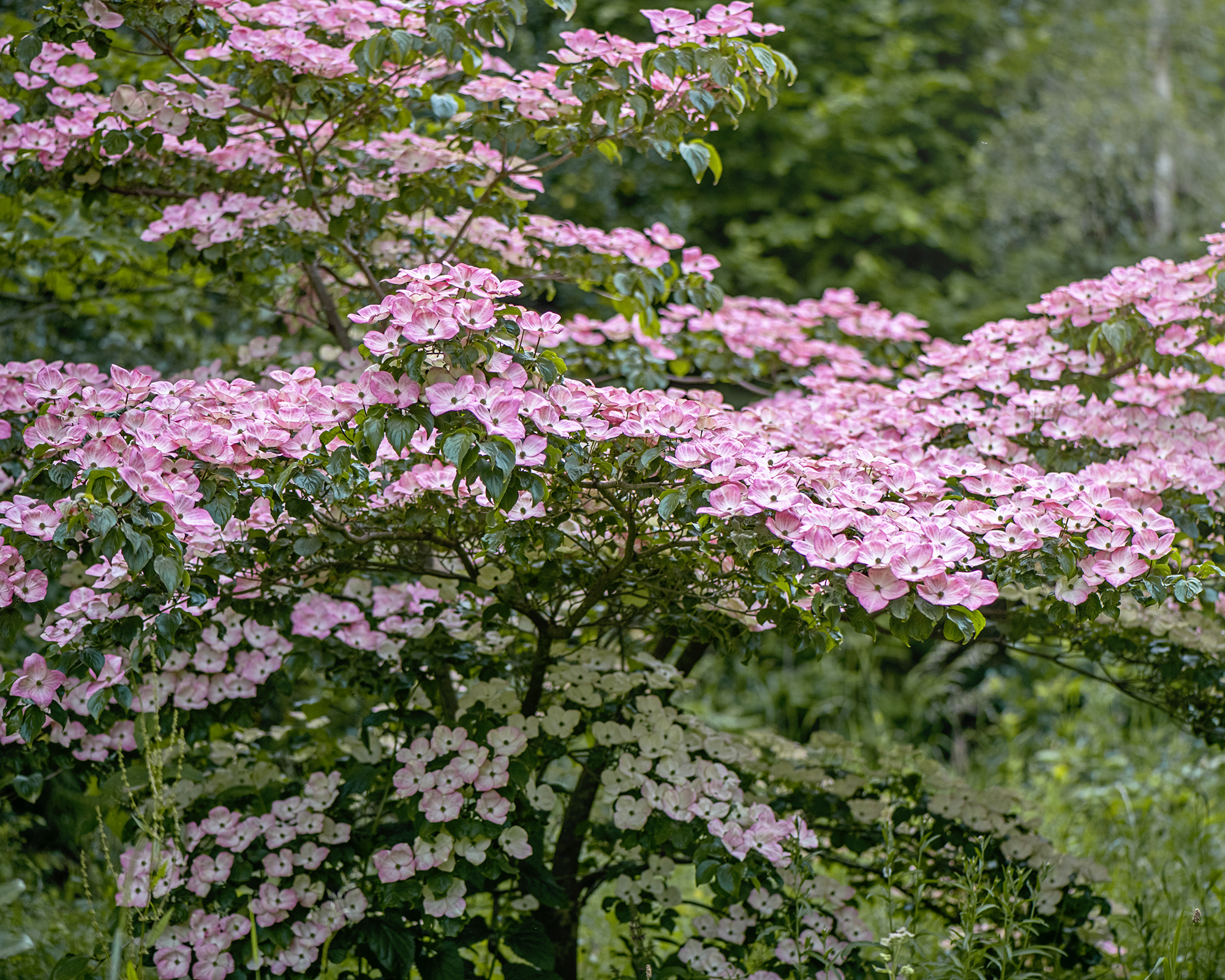
“The native flowering dogwood is a low-maintenance and versatile tree that provides year-round interest for your yard,’ says Fern Berg, founder of tree resource portal Tree Vitalize.
During springtime, the trees reveal a mass of flower-like bracts. “Pure white bracts are most common among the flowering dogwoods; however, there are varieties that produce lovely pink bracts in various shades and even cultivars with deep pinkish-red bracts,” adds Fern.
Sign up for the Gardening Know How newsletter today and receive a free copy of our e-book "How to Grow Delicious Tomatoes".
In summer, berries form on the tree and green foliage offers shade, before transforming to warm fall colors. In the winter, dogwood loses its leaves, revealing its striking structural branches.
Flowering dogwoods are compact trees that will grow up to 30 feet depending on the variety and are well suited to growing in USDA zones 5 to 9 – however, there are some options available for zones 2 to 4 and zone 10. Always check the growing zone of your preferred cultivar before planting.
“Flowering dogwoods grow best in full to partial sun, welcoming some afternoon shade in warmer locations,” adds Fern.
“They also need very little care once established but do require consistent moisture and will benefit form the occasional light pruning to remove damaged wood and maintain the shape of your tree.”
2. American hornbeam
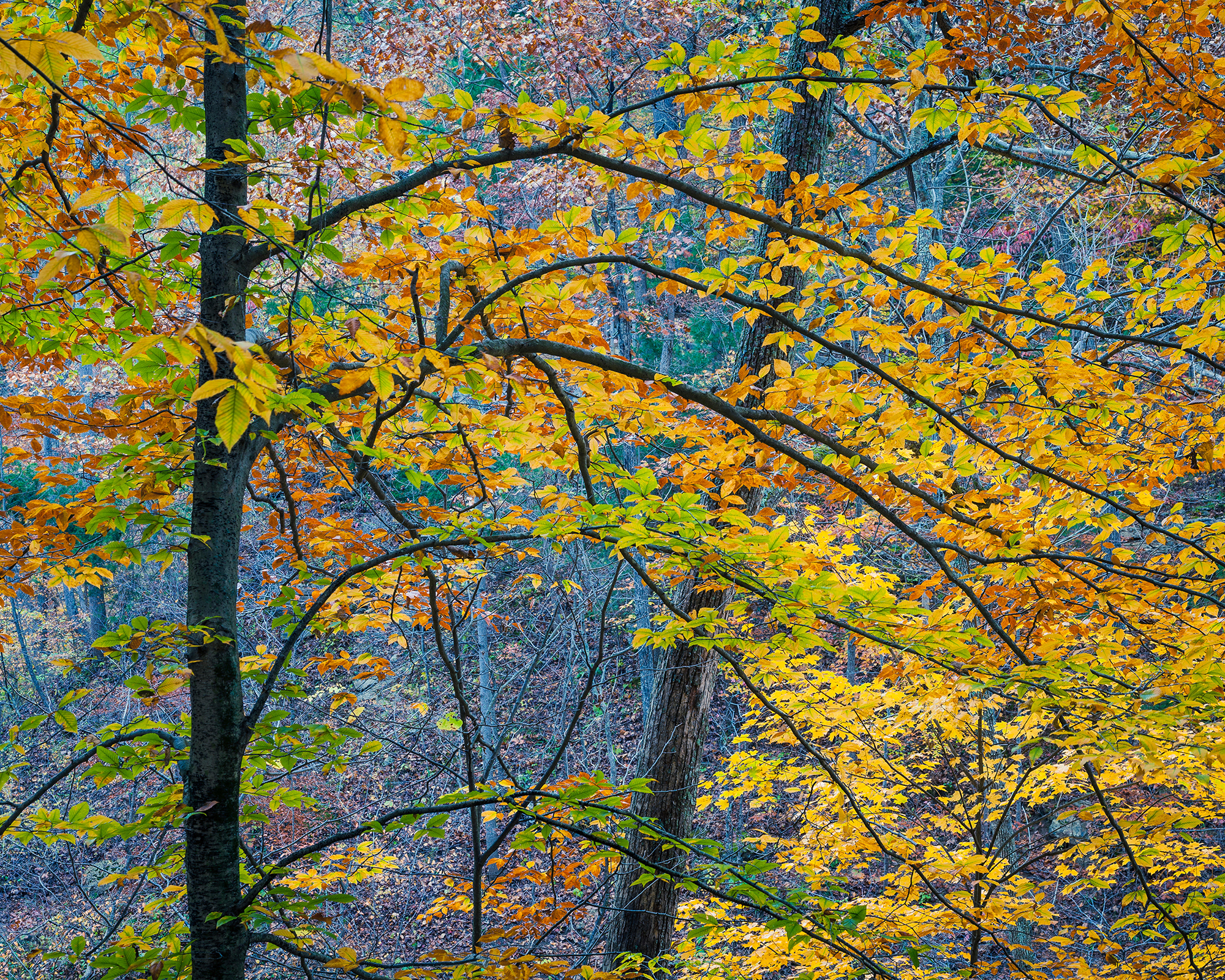
“Musclewood or American hornbeam (Carpinus caroliniana) is a relatively uncommon US native tree that deserves more attention,” says Ali McEnhill, owner of sustainable New York nursery The Old Dairy Nursery & Gardens.
“It grows in just about any condition: full sun to shade, moist to dry, acidic to alkaline. However, it is native to the forest understory and does prefer a moist, shaded environment. This tough tree tolerates clay soil and is rarely bothered by pests or diseases.”
Musclewood is so named for its distinctive fluted, smooth grey trunk, which appears to be layered with muscle once mature.
“This attractive globe-shaped tree bursts into life with male and female catkins in early spring. Fertilized female catkins become nutlets, which are much loved by birds. The crinkled, dark green leaves are quite attractive in summer, but the real show comes in fall.”
You can grow American hornbeam in USDA zones 3 to 9. The tree has a mature height of 15 to 20 ft, and a spread of 10 to 15 ft.
Ali recommends ‘Wisconsin Red’ as a particular highlight of the hornbeam family, which has extraordinary red and orange fall colors.
3. Saucer magnolia
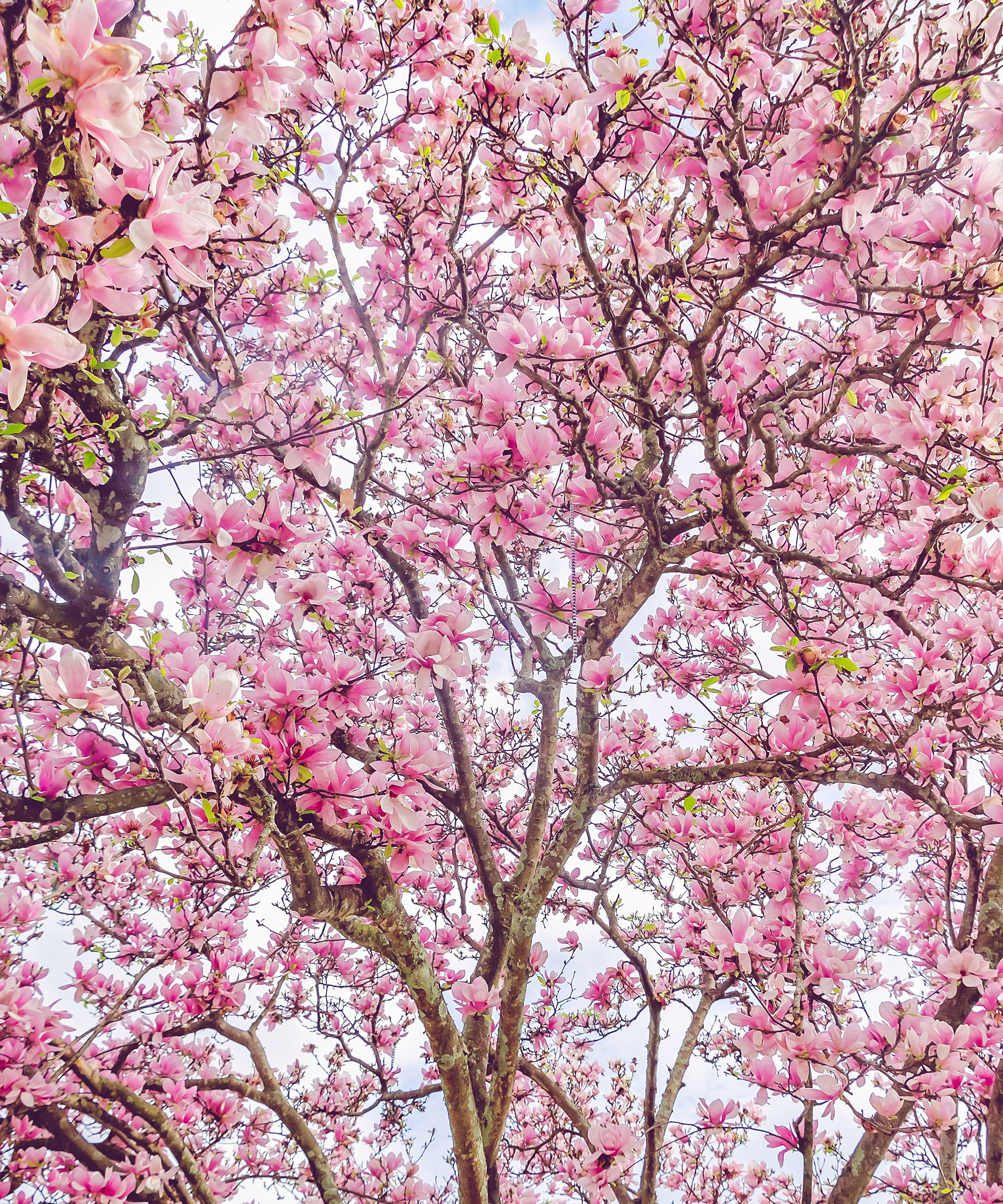
‘Saucer magnolia (Magnolia soulangeana) is a showstopper in the landscape,’ says Dan Lambe, CEO of the Arbor Day Foundation, and author of Now Is The Time For Trees.
‘Numerous large goblets of fragrant pink and white flowers appear in early spring. After blooming, broad, dark green leaves clothe the small, low-branched tree, contrasting with the smooth silvery gray bark.’
As one of the most popular trees in the US and Europe, saucer magnolia will greatly add to your home’s curb appeal and potentially add value.
The trees have a rounded canopy with medium growth to 20 to 30 feet tall and as wide.
Gardeners in USDA zones 4 to 9 should be able to successfully grow saucer magnolias in well-draining, slightly acidic soil in full sun to part shade. They can also tolerate some clay soils.
4. Apple tree
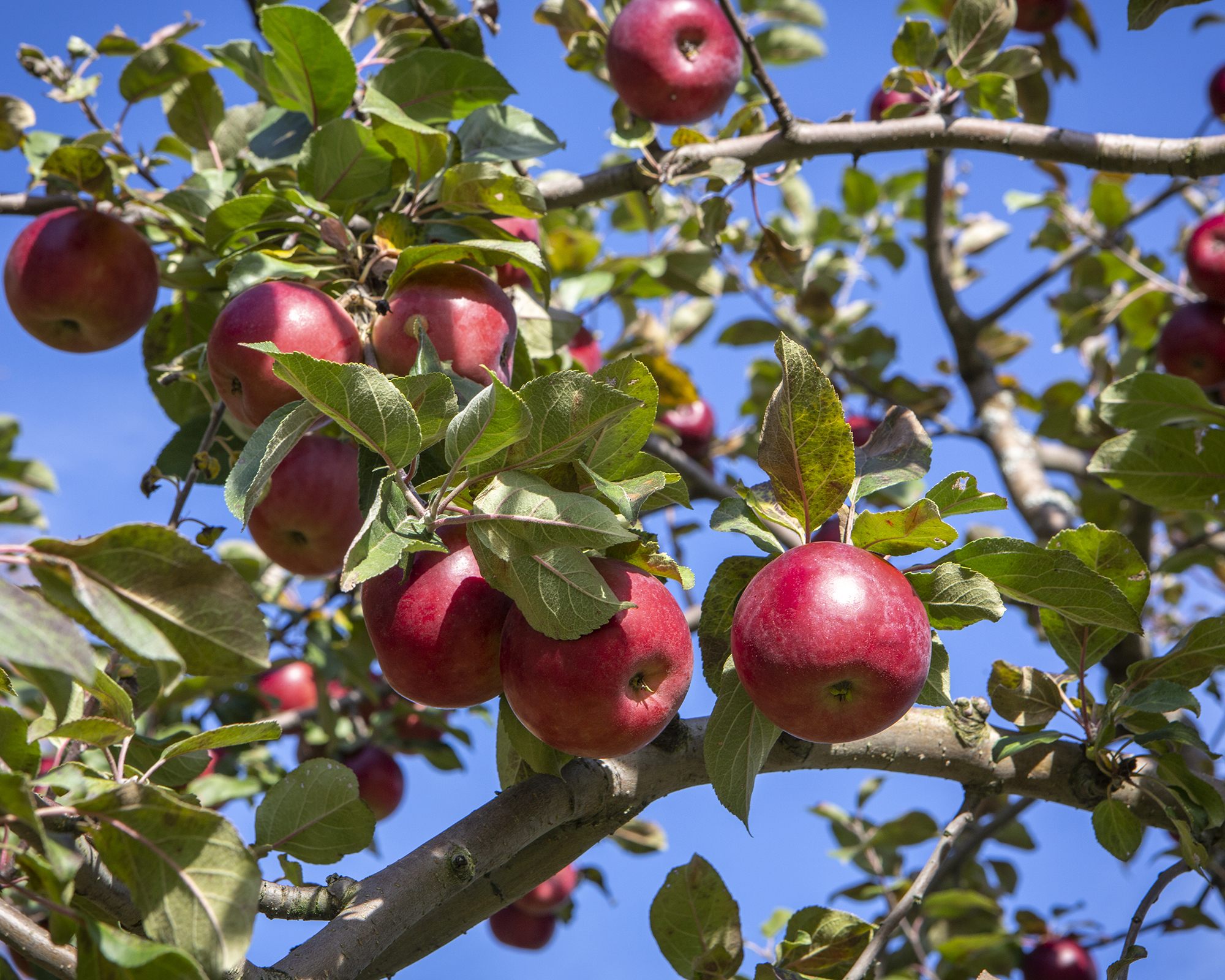
“There is nothing more satisfying than eating home-grown produce, and no home garden is complete without an apple tree (Malus domestica),” says Fern Berg.
“These versatile trees are available in a range of cultivars suitable for USDA zones 3 to 10 – just be sure to pick a cultivar suitable for your location.
Growing apple trees successfully requires full sun, but the trees are adaptable to a range of soil types. It is beneficial to add compost or organic material to support fruit production and consider a well-balanced fertilizer in spring.
“Home-grown, juicy apples are not the only benefit of an apple tree. With their pretty spring blossoms and vibrant summer foliage, apple trees add visual appeal to your yard and attract bees and other pollinators to your garden,” adds Fern.
If you only have a small area, there are dwarf and semi-dwarf varieties of apple trees available.
“It is important to note, many apple cultivars are not self-fertile and you may need to plant a suitable pollinating partner in order to achieve fruit production,” explains Fern. “If you only have room for one tree, make sure you choose a fully self-fertile variety such as Braeburn or Granny Smith.”
5. River birch
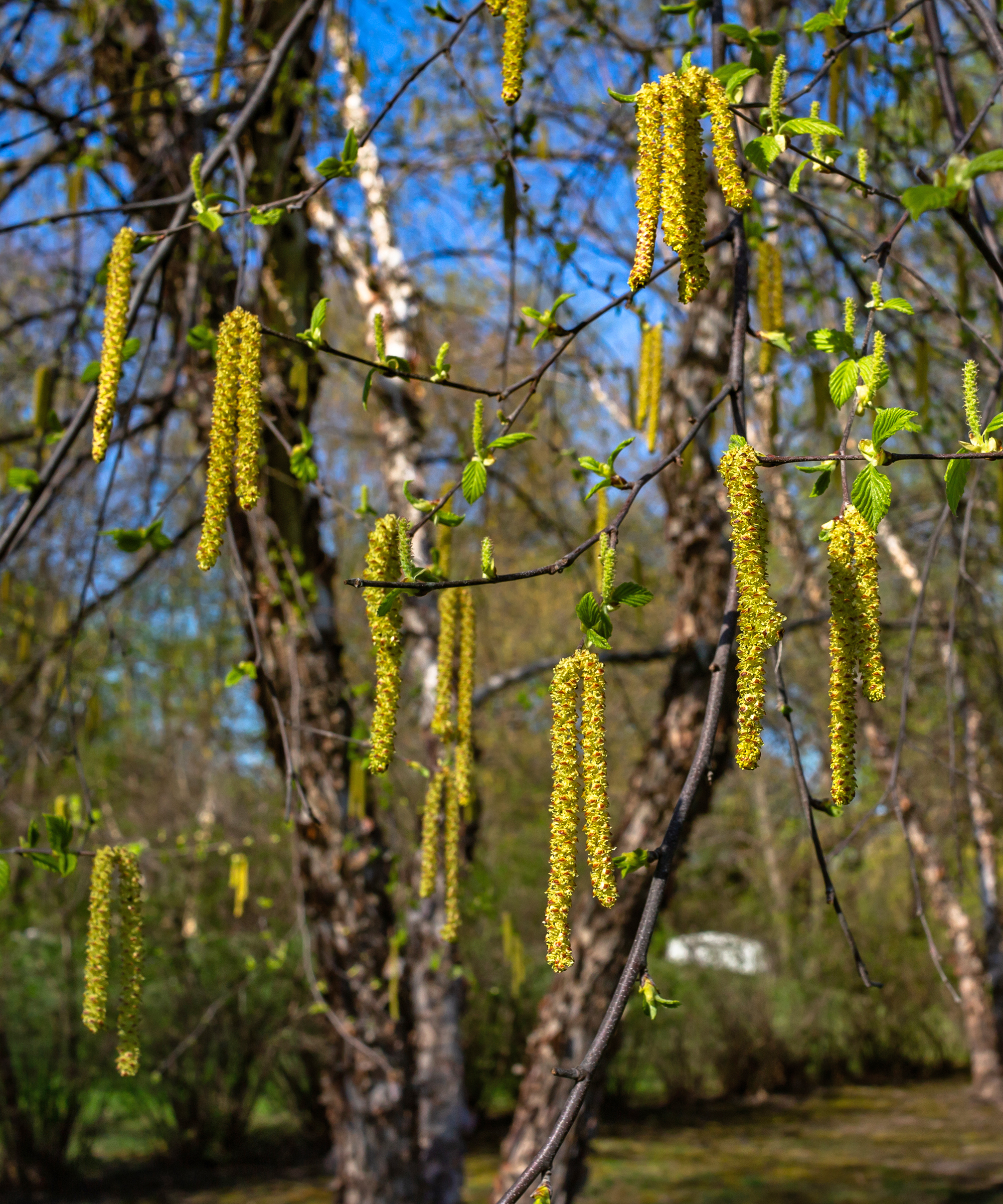
“Best for large yards, river birch (Betula nigra) is the most adaptable and heat tolerant of all the birches, and ‘Cully’ is the most disease resistant and adaptable within that group,’ says Ali McEnhill.
“The extraordinarily showy salmon-cream-brown bark exfoliates to reveal a creamy-white interior that rivals the best European birches.”
It will grow in waterlogged to dry soils, resists borers and leaf miner (a big problem with birches), and is extremely hardy.
“With options for USDA zones 4 to 9, this is a fast-growing native tree that deserves a home in every landscape,” adds Ali.
The river birch has a mature height of 40 to 70 ft and spread of 40 to 60 ft.
6. Japanese maple
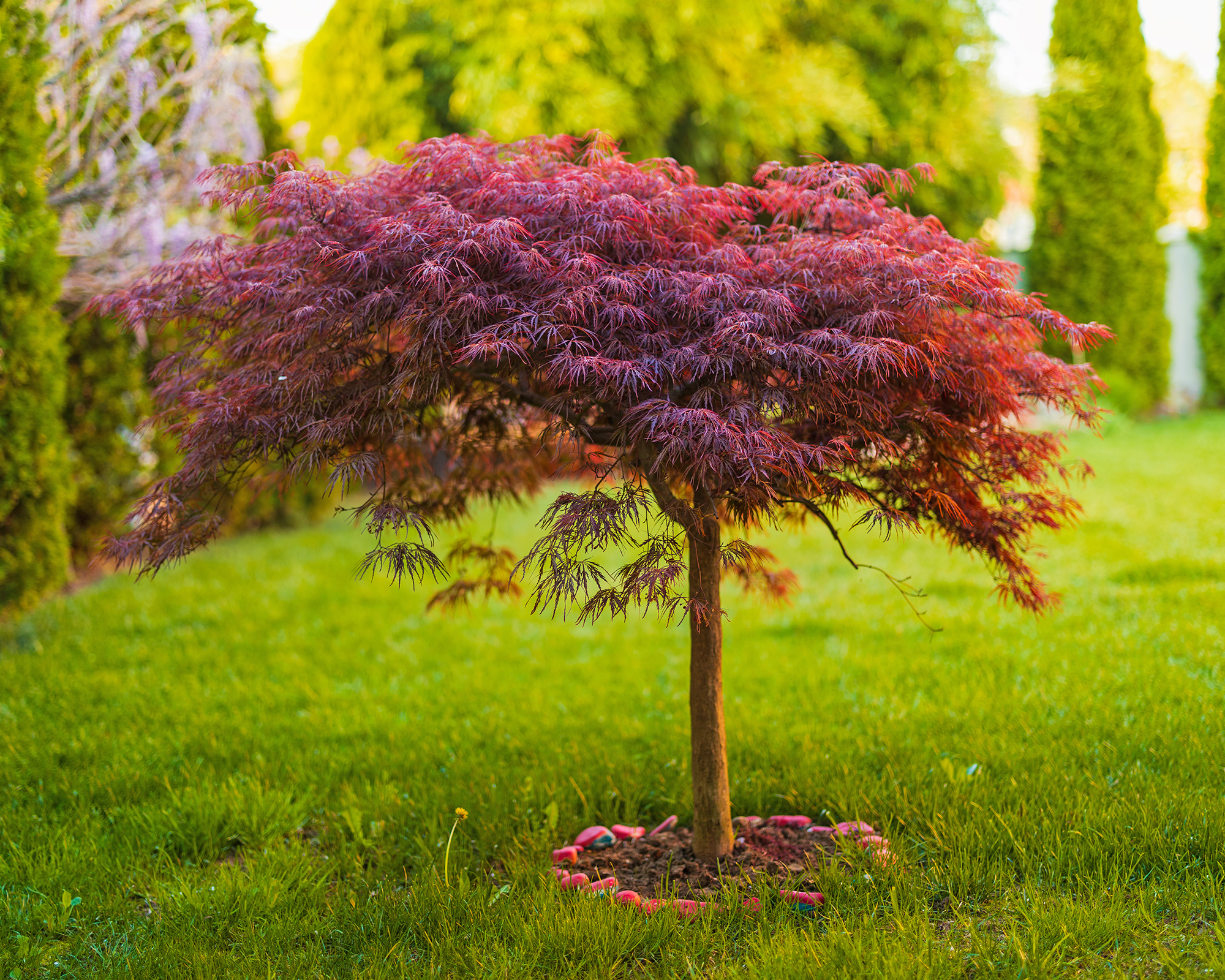
“The Japanese maple (Acer palmatum) is an excellent choice for adding both aesthetic appeal and value to your property,” says Gene Caballero, experienced landscaper and co-founder of GreenPal.
“Their unique leaf shapes and vibrant colors – especially in fall – can dramatically enhance a landscape's visual appeal.
“These trees are relatively small, making them suitable for most yards without the risk of overgrowth or foundational damage. Their versatility allows them to fit into various landscape designs, from traditional to contemporary, adding elegance and tranquility.”
There are many options for zones 5 to 8; however, a few hot weather Japanese maple trees can thrive in zone 9.

Melanie is an experienced gardener and has worked in homes and gardens media for over 20 years. She previously served as Editor on Period Living magazine, and worked for Homes & Gardens, Gardening Etc, Real Homes, and Homebuilding & Renovating. Melanie has spent the last few years transforming her own garden, which is constantly evolving as a work in progress. She is also a passionate organic home grower, having experimented with almost every type of vegetable at some point. In her home, Melanie tends to an extensive houseplant collection and is particularly fond of orchids.